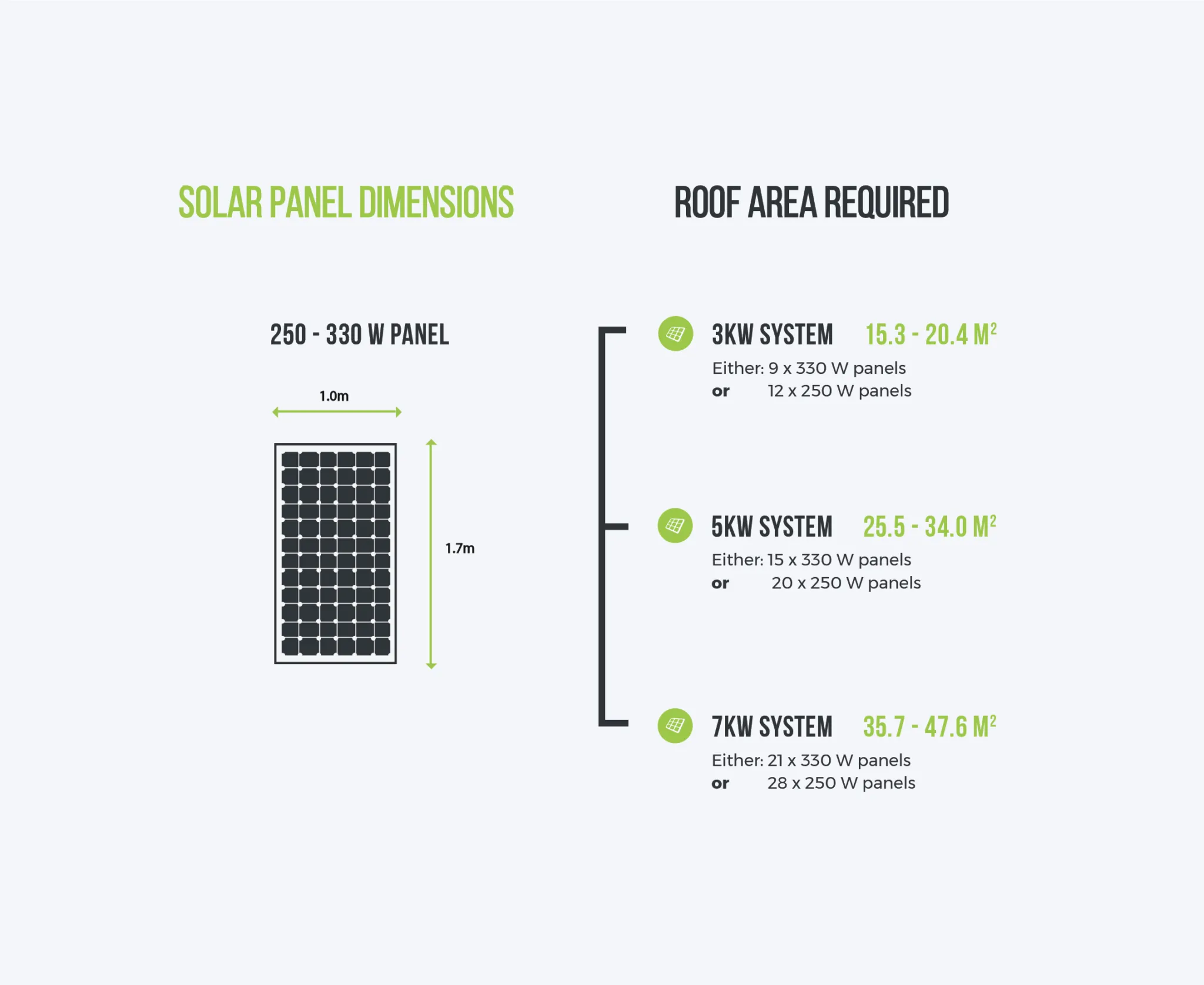
Solar power, a leading renewable energy source, is pivotal in the global transition towards sustainability. Understanding the factors influencing the land area required for solar power plants is essential for effective planning. From technology choices to regulatory landscapes, various factors play a role. This discussion explores these intricacies, covering capacity, solar technology types, panel efficiency, solar radiation, land use considerations, and regulatory constraints.
Solar Lead Generation CRM
The capacity of a solar power plant refers to the maximum amount of electricity it can generate under ideal conditions. Larger power plants, which have higher capacity ratings in megawatts (MW) or gigawatts (GW), typically require more space than smaller ones. Utility-scale solar power plants, designed to generate electricity for the grid, usually have capacities ranging from several megawatts to hundreds of megawatts or more.
Solar Panel Efficiency
Solar panel efficiency refers to the percentage of sunlight that the panels can convert into electricity. Higher efficiency panels can generate more electricity per unit area, potentially reducing the total land area required for a solar power plant.
Solar Radiation
Solar radiation, which varies depending on geographic location and local weather patterns, plays a crucial role in determining the area required for a solar power plant. Areas with higher solar radiation levels receive more sunlight, allowing solar panels to generate more electricity per unit area. Consequently, solar power plants located in regions with higher solar irradiance may require less land area to achieve the same electricity output as those in regions with lower solar irradiance.
Land Use
The suitability of land for solar power plant installation depends on factors such as topography, soil quality, land availability, and existing land use. Flat, unobstructed land with minimal shading is preferred for ground-mounted solar arrays. Rooftop installations, which utilize existing structures such as commercial buildings or warehouses, do not require additional land but may have limitations based on roof size, orientation, and structural capacity.
Regulatory and Environmental Factors:
Regulatory requirements, environmental impact assessments, and land zoning regulations can significantly influence the area required for a solar power plant. Permitting processes may vary depending on the jurisdiction and may include considerations such as land use planning, environmental conservation, wildlife protection, and community engagement.
